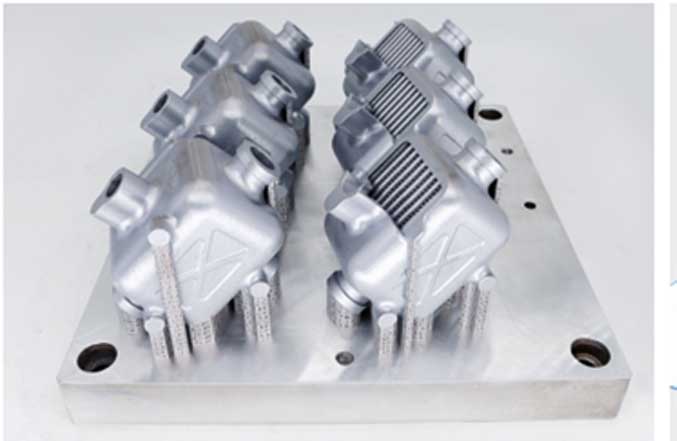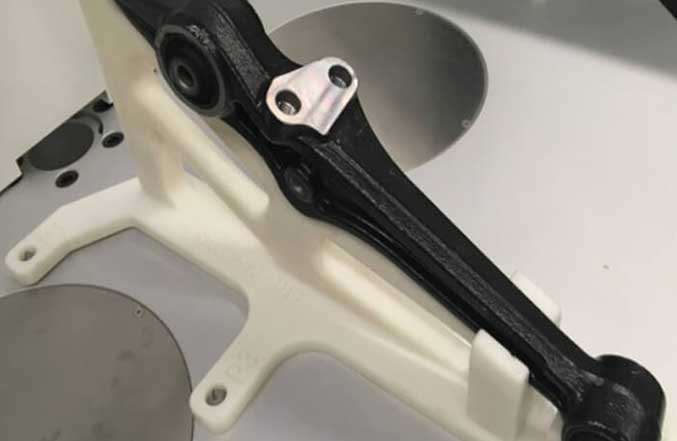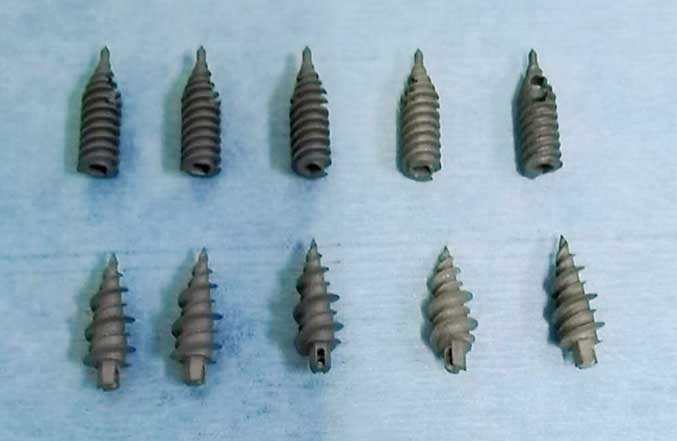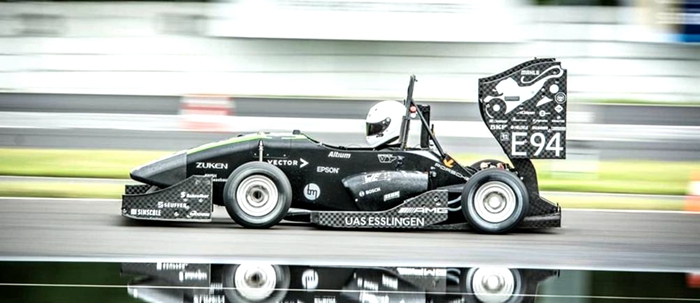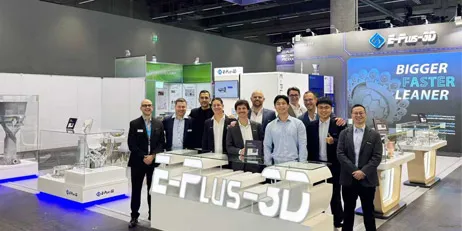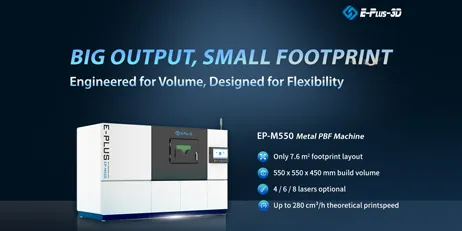PWR Performance Solutions, based in Australia, specializes in providing world-class cooling solutions with high-performance aluminium radiators, intercoolers, oil coolers and heat exchangers for all leading race categories such as F1, NASCAR, V8 Supercars, Deutsche Tourenwagen Masters and World Rally Championship, as well as automotive aerospace and military applications.
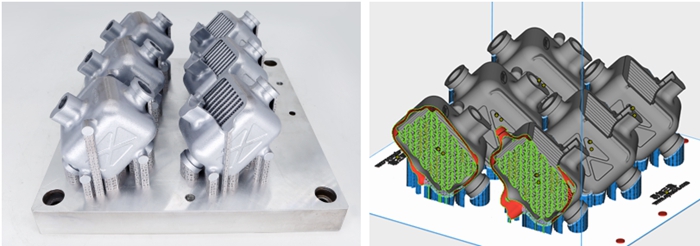
3D Printed Aluminum Heat Exchanger
In 2019, PWR decided to investigate adding metal 3d printing technology to its current workflow, to stay at the leading edge of manufacturing capability. The heat exchanger pictured above was designed by PWR to test the capabilities of different aspects of 3D printing. PWR’s engineers designed the fin structure and tube array as a benchmark to test the minimum wall thickness, surface finish and heat transfer efficiency. The performance of 3d printed parts manufactured by several metal additive manufacturing system suppliers was compared. The Eplus3D system had the best balance of capabilities tested with aluminium printing and PWR ordered a MPBF system EP-M250Pro as a direct result. (Product link: www.eplus3d.com/EP-M250Pro-Metal-3D-Printer ).
Automobile companies usually use AM technology for design verification, functional testing and tooling. Nowadays, more and more applications such as complex integrated components, internal cooling channels and heat exchangers are emerging.
Heat exchangers and radiators are important in industrial equipment for temperature control. It allows heat to be transferred from one fluid to another, this in turn allows the piece of equipment to operate at the temperature it was designed to be most efficient at, preventing damage caused by overheating. Most radiators are made of aluminum because of its light weight, high usability and good thermal conductivity.
The traditional manufacturing technologies has been by brazing many separate pieces to form a ‘core’ which would then have tanks formed and welded to it. This is a complex manufacturing process with many stages and processes. The geometries of these radiators can be limited by the production process to relatively simple forms. Metal 3d printing offers the opportunity to change the design and production of radiators radically.
Some of the benefits of 3d printed radiators are as follows:
- Access to integrated and complex design geometries. 3D printing allows several parts to be fabricated in one piece, which reduces the amount of welding required and hence possible leak paths. With material only added where needed component weights can be optimized for a given pressure requirement and fatigue loading. It can be used to create walls as thin as 200 microns. Small and complex channels can be incorporated meaning engineers can design heat exchangers with a larger internal heat transfer area, thus improving their performance.
- Lightweight and generative design. Typically most heat exchangers and radiators are linear, rectangular, tube or shell design. Because of this, it can be challenging to package within the available space. 3D printing allows design and manufacture freedom to fit heat exchangers into irregular spaces often smaller and lighter than the convention equivalent with the same performance. In some applications size and weight are critical factors in design optimization.
- Better thermal management. 3D printing increases design freedom, in conjunction with simulation tools allows optimized designs to be realized that simply are not possible with traditional manufacturing techniques.
PWR design team can create the product to suit your needs, while Eplus3D MPBF machine can print the best design with high quality, complexity, and optimized shaped.
Welcome to contact PWR via their website (www.pwr.com.au) and Eplus3D (www.eplus3d.com) for more cooling solutions on additive manufacturing.
